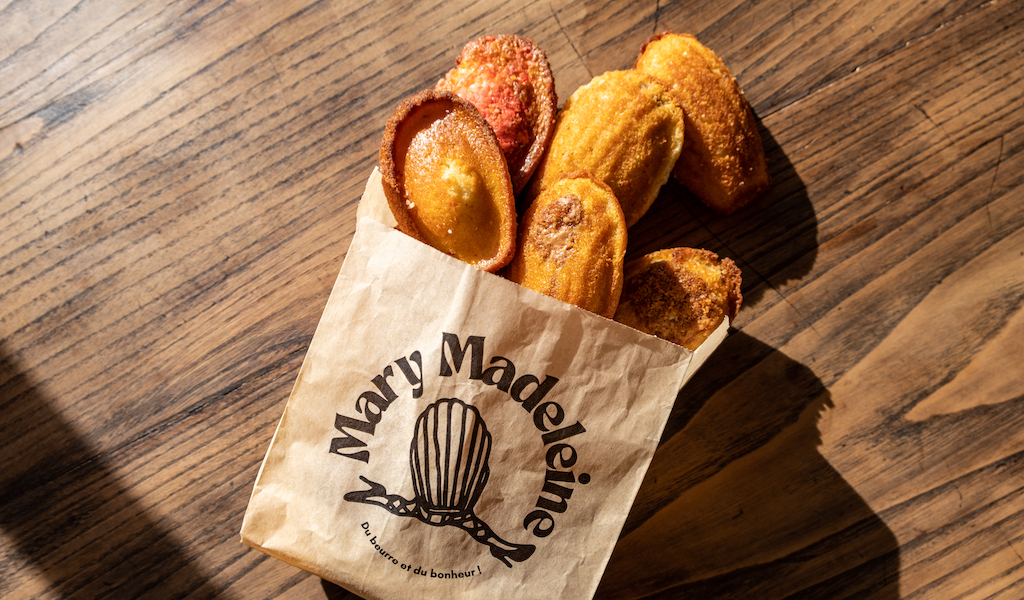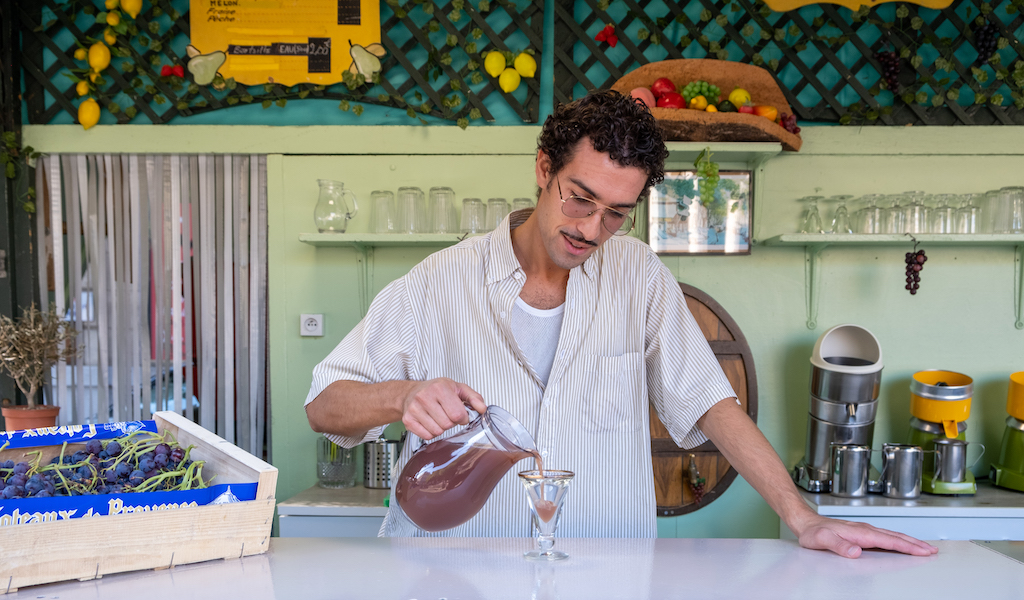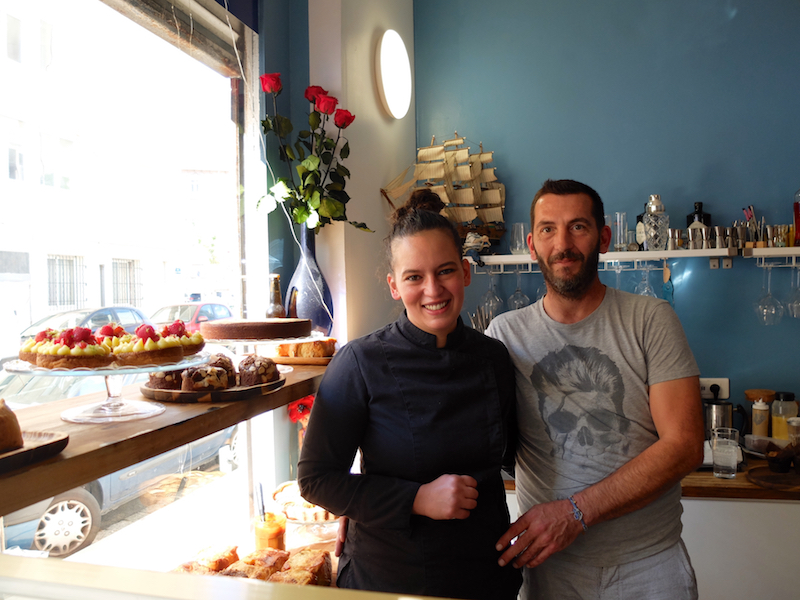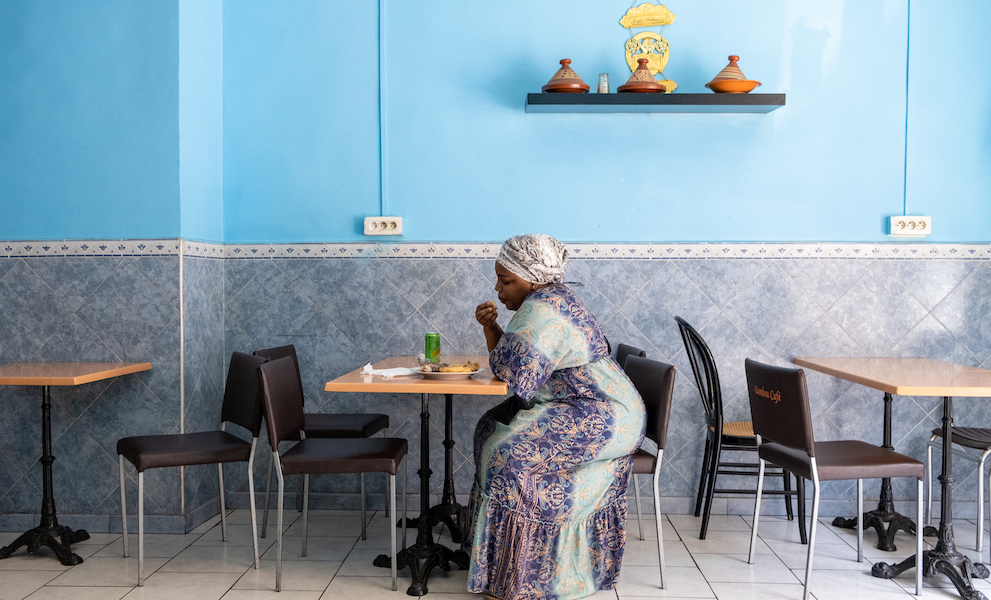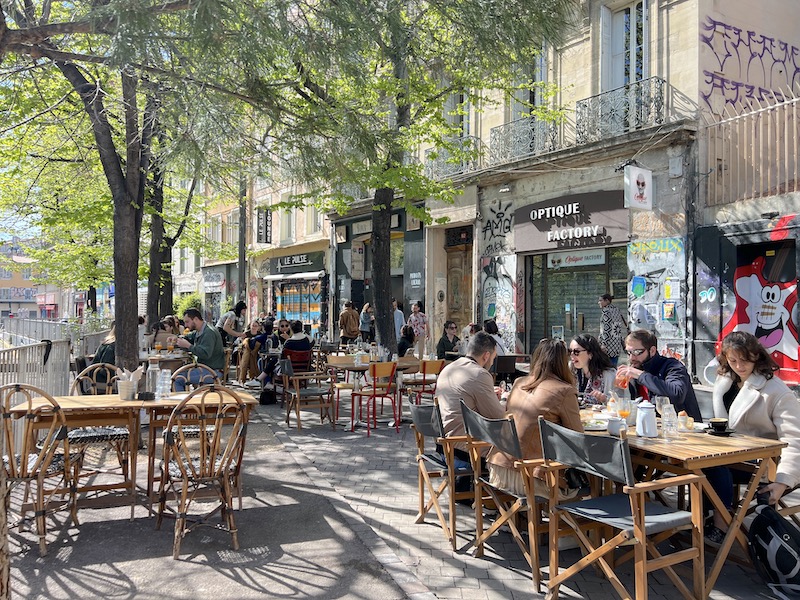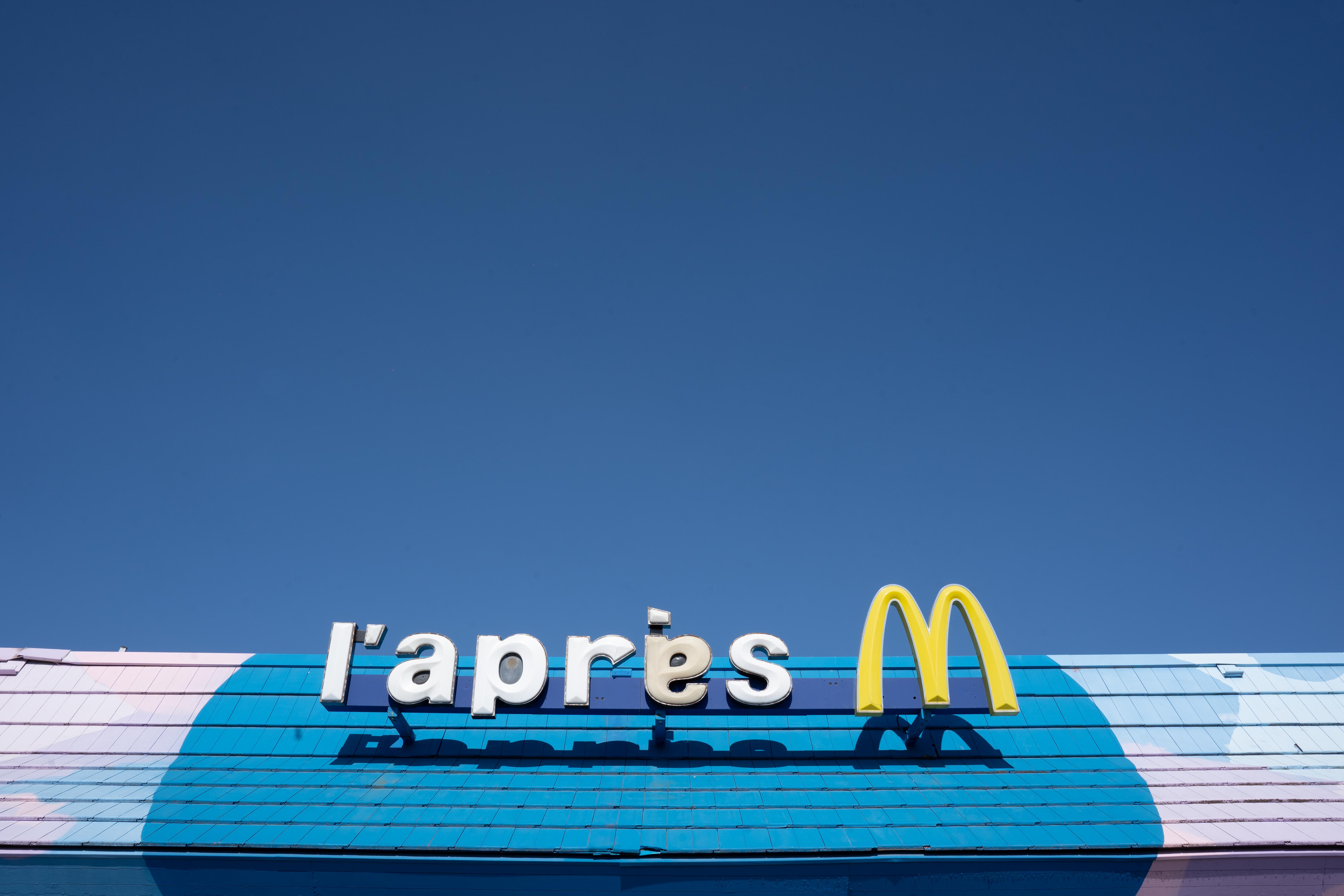We can't find the internet
Attempting to reconnect
Something went wrong!
Hang in there while we get back on track
Search results for "Alexis Steinman"
Marseille
Best Bites 2023: Marseille
Food and memory share an intimate connection that transcends mere sustenance; they weave a tapestry of nostalgia, culture, and emotions. There is an inextricable link between food and how we perceive and recall memories, often evoking vivid sensory experiences that transport us through time. Cultural traditions further solidify the bond between food and memory. Sharing a traditional meal becomes a ritual, a way to honor heritage and forge connections with our past. This is especially true in Marseille. The culinary scene surged here in 2023, marked by a new wave of innovative dining experiences. Renowned for its rich history and diverse population, known as a vibrant melting pot of cultures and flavors, this coastal city has become a playground for chefs and entrepreneurs who are pushing the boundaries of traditional Provençal cuisine.
Read moreMarseille
Paule et Kopa: An All-Star Marseillaise Menu
Though Paris is littered with brasseries boasting classic French cuisine, Marseille lacks restaurants that solely specialize in our traditional fare – a mix of Provençal garlic, tomatoes, and olive oil and the freshly caught delights of the Mediterranean. When we lamented this at a dinner party the other night, a woman chimed in, “What about Paule et Kopa?” We had never heard of it despite its central locale. She raved that the supions à la provencale (garlic, parsley squid) were the best in the city. Then continued, “but I rarely share that for fear it will lose its simple charm.”
Read moreMarseille
Station Uvale du Palais: Last Juice Bar Standing
When the Phocaeans founded Marseille in 6th century B.C., these ancient Greek explorers launched France’s long history with wine production and consumption. In the 1930s, southern France became famous for another kind of grape juice. In the southwestern town of Moissac, home of the Chasselas grape, Dr. Armand Rouanet touted the amazing health benefits of grape-seeds at his uvarium. At this first-of-its-kind center for grape-based therapies (uva is the Latin root for grape), people would consume a grape-only diet (2-6 pounds a day) to heal everything from cellulite to constipation. Ironically, this grape cleanse was ideal for detoxifying the liver, the organ most damaged by wine. This temple of grape glorification was such a success that dozens of stations uvales sprouted across the south of France to peddle the just-pressed grape juice alongside other fresh-squeezed fruit.
Read moreMarseille
Maison M&R: Seaside Southern Comfort
A 16th-century tower stands at the southern edge of the Plage des Catalans, the closest beach to Marseille’s city center. The Tour Paul was one of the city’s lazarets, quarantine stations for sick sailors to prevent disease from entering the city. In ruins after centuries of erosion, the Infirmerie Vielle (“Old Infirmary”) is now being rehabilitated thanks to a successful historical preservation campaign. One hundred yards away, a modern infirmary has had a different fate. It’s been transformed into a homey restaurant. At Maison M&R, healing comes in the form of comfort food, homemade pastries, and a familial welcome. The café’s community vibe is fitting for the village-like Catalans quarter.
Read moreMarseille
L’Original: Comoros Central
Italian and Maghreb restaurants are undoubtedly the stars of Marseille’s food scene. In fact, Marseille is so chock-a-block with pizza it’s rumored to have more pizzerias per capita than New York City. Eateries dishing out copious bowls of couscous equally abound. Meanwhile, some of the diverse city’s most prominent immigrant communities – and their cuisine – remain behind the scenes. A perfect example is Marseille’s Comorian community. So many citizens of Comoros, the Indian Ocean nation north of Madagascar, live in Marseille that the city’s been nicknamed the “Fifth island in the archipelago.” One in ten Marseillais are of Comorian descent, and many are employed in restaurant kitchens as dishwashers and line cooks. Yet, you can count the places serving cuisine comorienne on one hand.
Read moreMarseille
The Perfect Spring Day: Adventure, Architecture and Apéro in Marseille
Across Marseille, winter’s neon-yellow mimosas have given way to amandiers’ (almond trees’) fragrant white and pink blooms. Here, the French adage, “en avril, ne te découvre pas d'un fil. En mai fais ce qu'il te plaît,” (in April, don't remove a stitch. In May, do as you wish,”) is oft quipped, for our springtime weather can be fickle. Last weekend, I took a dip in the Mediterranean to cool off after a sun-soaked, 70-degree hike; as I write this, the local mistral wind has iced down the air temperature to just above freezing. Despite spring’s yo-yoing thermometer, ‘tis the season for Marseillais to fill up outdoor patios.
Read moreMarseille
L’Après M: Fast Social Food
At a booth bathed in the winter sun, a group of coworkers happily munch burgers and frites. Behind them, a toddler claps with glee as his mom hands him a meal in a colorful box. Two teens bypass the counter to punch in their order at the giant phone-like kiosk. Customers in cars wait in line at the drive-thru. Despite all these trappings of a fast-food joint, and the Golden Arches on the sign outside, this is no McDonald’s. Even if it was born from one. L'Après M is a fast-food restaurant, professional integration project, food bank, and community center, all rolled into one unique spot. Its name (the M stands for “McDonald’s”) refers to its previous tenant.
Read more